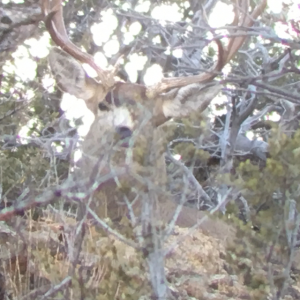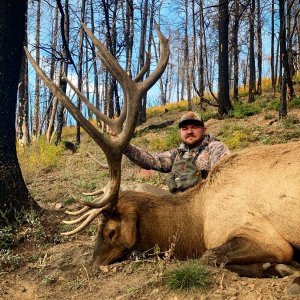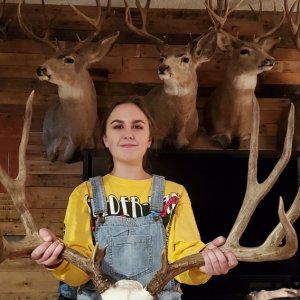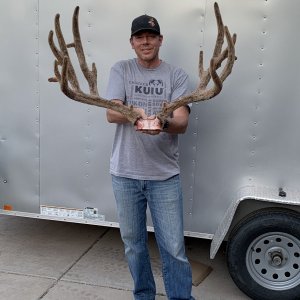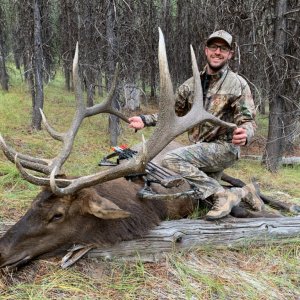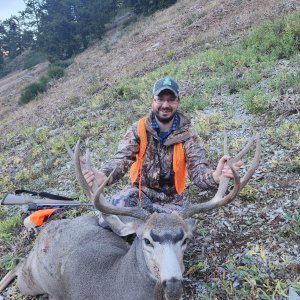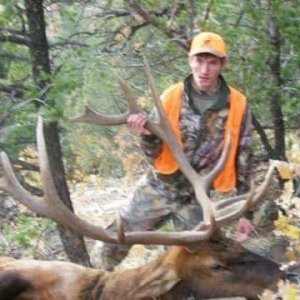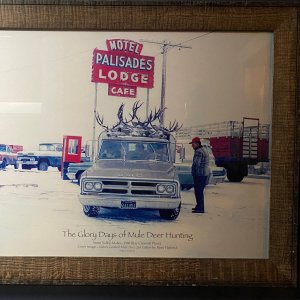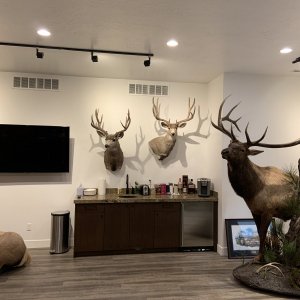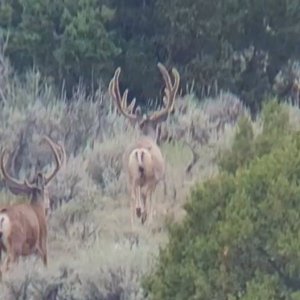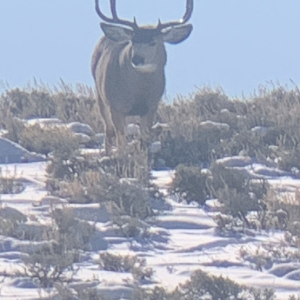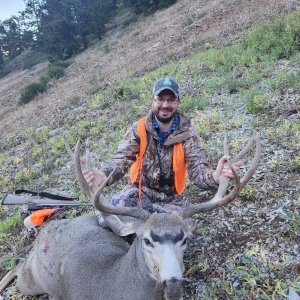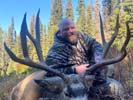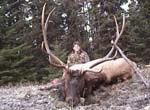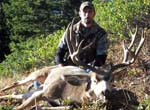Maybe we will share these sentiments about some of these burnt areas in 10-15 years:
from a Montana Outfitters Website:
Hunting the Burn
In the summer of 1988 fire swept through the Scapegoat Wilderness burning 240,000 acres. The fire destroyed everything in its path including two of our hunting camps and approximately 70% of our general season hunting area.
Looking at the remains of the burn our future looked bleak. The charred black earth resembled pictures of the moon,? no grass, no flowers, and no brush along the creeks, just dirt and rock burnt black from the heat. The creeks were murky, filling with ash from the surface. The trees that were left standing appeared as skeletons waiting to be laid down and put to rest. Casualties to the deer and elk seemed high as we occasionally saw burnt corpses of the unlucky ones. There seemed to be nothing left,? no chipmunks fussing at our intrusion and no birds chirping a welcome. Just an eerie silence that engulfed us and left an empty feeling in the pit of our stomachs.
My father and I rode in silence through this devastation, each wondering what kind of future we would have in this area that we so dearly loved. Tears filled my eyes for it seemed an old friend had passed on and I would never have the chance to properly say goodbye.
Because the fire had started naturally from a lightning strike, the Forest Service allowed it to burn. It smoldered in a two acre patch for a couple of weeks causing little problems. But weather conditions were dry and had been for quite some time. The country was ripe for fire and it took only a wisp of wind to give us one. Within a couple more weeks the fire had grown quite large. The Forest Service then decided to try to control it. But it was too late and all efforts were fruitless. Eventually the fire burned itself out on the plains outside of Augusta, Montana.
Beauty Restored to the Scapegoat Wilderness
Eleven years have passed since the Canyon Creek fire of 1988. The ugliness that I once saw when I looked at the burn is gone. The feeling of despair when we lost our hunting camps and most of the hunting area, well, that feeling is gone too.
Now when I look back at the burn I see a new and beautiful wilderness. There is lots of grass, stirrup high to a tall horse in places. In places there is grass so high it can' t stand anymore and lays a foot thick on the ground. Many times I have seen mule deer buck racks, but no bodies as they walk through this tall grass. I see trees starting to come back and beginning to provide excellent cover for deer and elk. This new growth appears as a carpet in some places, only two or three feet high, and up to eight or ten feet high in other places. I see clean, clear water running through the rivers and streams. And in areas that were jungles before we can now see out at the country. In places where visibility used to be a hundred yards hunters can see 400,500,600 yards. Elk can be spotted for miles, from one drainage to the next, one mountain to another. This always brings a smile to my face, after all elk are our business.
As the years have passed my guides and I have learned many things about hunting in the burn. The great vegetation we have now has increased the number of deer and elk in the area and our success rate has jumped higher then we have ever had. Higher than almost any wilderness outfitter can honestly boast of. The good visibility provided by the burn allows us to do more spotting and watch game to better learn their patterns. It is not uncommon to watch elk in the next drainage over or on the next mountain over and see them well in to the evening so we are able to make a good strategy to hunt them the next day.

